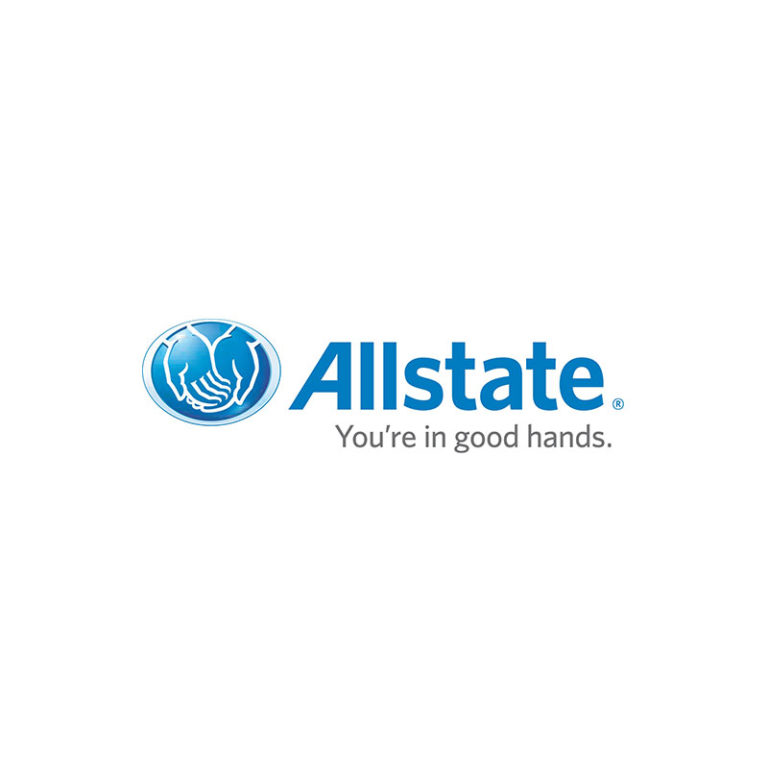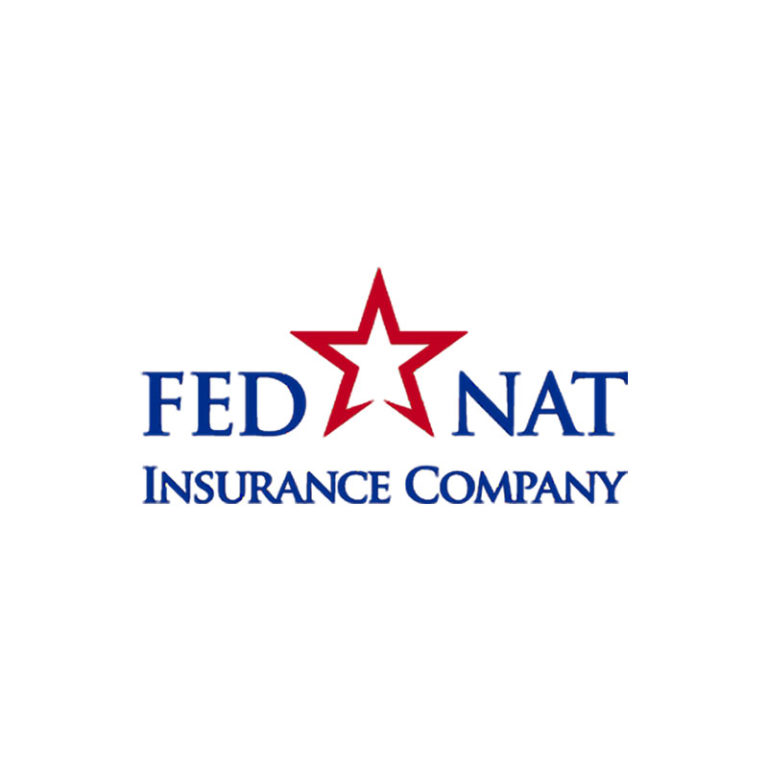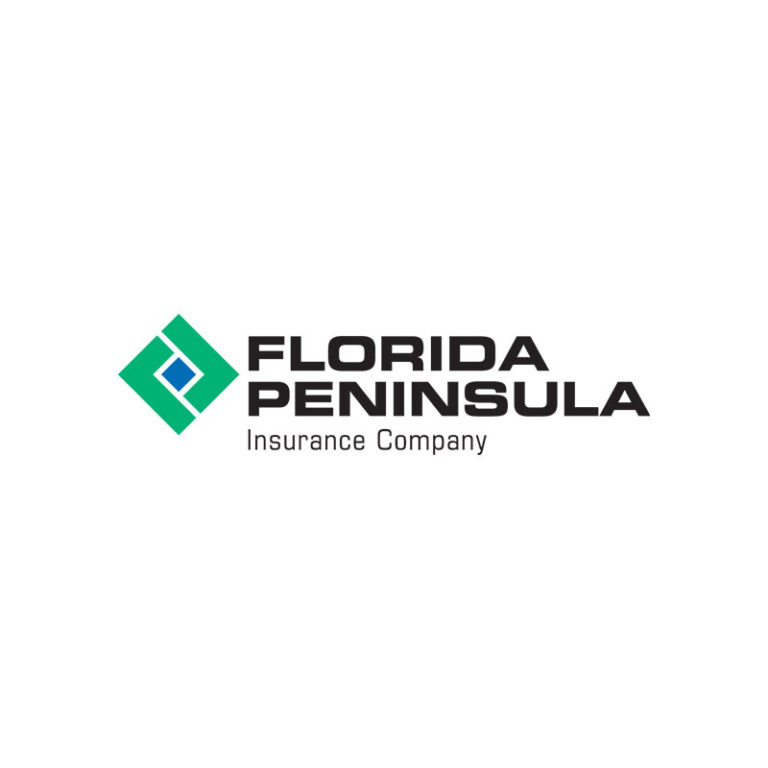Mold Removal and Remediation
Home / Environmental / Mold Removal and Remediation
PROFESSIONAL MOLD REMOVAL
& REMEDIATION SERVICES

If your home has water damage due to a leaky pipe, storm, or another catastrophe, there’s a good chance that if the water damage is not properly addressed mold damage may be your next issue. At The Restoration Contractors, our team of experts will not only remediate your water damage issues but ensure that mold damage is minimized. In the event that mold does appear in your home or business, our team of mold removal experts will ensure that this harmful allergen is removed and won’t return.
What is Mold?
Did you know that mold can thrive from even the smallest amounts of water damage? It doesn’t always take hurricane-like rain and flooding to cause mold to pop up. Mold can appear from a small faucet or drain leak too!
The Restoration Contactors’ Mold Removal Process
Step 1: Emergency Contact
The process starts by filling out our emergency contact form or calling us directly to speak with one of our mold removal specialists. From there, we’ll schedule our team to come to your home or business at a time that’s convenient for you.
Step 2: Inspection and Mold Damage Assessment
Inspections are the best way to determine whether or not you have a severe problem and what type of damage you might have. Our experienced mold inspection team will assess your home and investigate any issues that arise from their findings.
Step 3: Mold Containment
The containment process for remediation is the first step in the overall removal process. Containing the problem immediately prevents further contamination. Products like containment tents and plastic sheets are used to seal off areas of the home that are contaminated. We make a great effort to ensure that your home is properly cleaned and the air is free of spores so that your and your family’s health is not a concern.
Step 4: Air Filtration
The air filtration process for the removal system includes three steps: Pre-filter, HEPA filter, and Activated Carbon filter. The first step is to stop large particles from entering the system until a pre-filter can screen them out. This screen filters out larger dust and pollen particles that may clog the other filters in your ventilation system. The second step consists of a high-efficiency particulate arrestance (HEPA) filter that removes airborne dust and dirt particles such as pollen and other viruses or bacteria. The final step is an activated carbon filter that quickly absorbs odors and gases, keeping your home smelling fresh for longer.
Step 5: Removing Mold and Mold-Infested Materials
Our team of experts trained and certified in removing mold and any affected home or business materials (rugs, couches, beds, drywall, etc.) get to work quickly!. Their extensive knowledge provides them with a thorough process to safely remove the fungus and its remaining residue that may cause further damage. Your entire home will be cleaned and disinfected, removing any harmful spores that may otherwise spread throughout your home or business.
Step 6: Cleaning Contents and Belongings
Contents and belongings should be cleaned separately from the moldy building materials. Contents may include various materials, such as paper products, food, medical items, and clothing. Belongings are typically classified as non-porous items that can be cleaned with soap and water or other cleaning techniques.
Step 7: Restoration
The restoration process involves removing, repairing, and replacing any impacted material. Removing the fungus may include a pressurized air system to remove the surface infestation and dust particles. After the area is cleaned and decontaminated, the moisture source must be removed. Then any affected areas can be repaired and replaced.
What Should I Do if My Home or Business has Mold?
1. Avoid Scams
Protect Yourself from scams. Do not hire any contractors or pay anyone to work on your property unless you have thoroughly checked them out for their references and qualifications. Be suspicious of anyone who offers a free inspection of your home or business, especially if they offer to sell you cleaning products or remediation services. If you have any concerns about the legitimacy of an offer, contact your local health department or police department before hiring anyone.
2. Stay Vigilant
Staying vigilant means staying aware and acquiring the knowledge, skills, and tools to effectively manage the infestation in your home or business. Most importantly, always try to avoid or get help with removing large amounts of water. Also, clean up spills immediately, even if you have to use towels or clothing as temporary containment methods until proper cleanup processes can be implemented professionally.
Mold Removal vs. Mold Remediation
How Much Does Mold Removal Cost?
1. Testing
The cost of testing varies depending on the type of testing you need. Most homeowners will want to know if they have mold contamination, and the cost of testing a single area is usually pretty small. However, you may want to try multiple areas to see if they are all affected or just a specific place in some cases. You might need additional tests or a special assessment team if this happens.
2. Labor Required
The amount of labor required for inspection and removal depends on your location, the size of the affected area, and the extent of the growth. A simple inspection may take a few hours to complete, while removing significant amounts of toxic can take days or even weeks, depending upon how much molding is present, where it is located in your home, and how much DIY work you are willing to do.
3. Equipment Needed
The cost of removal will vary depending on the equipment needed. Removal equipment is required to remove Mold successfully. Tools such as dust mask, masking tape, duct tape, plastic or paper bags, scrub brush and chlorine bleach for spraying down hard-to-reach places, laundry detergent for cleaning walls, vacuums for sucking up water, and an air purifier for getting rid of airborne spores are required.
4. Fees from the Removal Company
The removal company fees vary greatly, and what you need to be done will affect your total cost. For example, companies charge by the square footage of your home or business, and others charge by the number of rooms affected (or both). Because of this variation in fees, finding a reputable company that offers a free estimate is essential.
Will My Insurance Cover the Mold Removal Process?
If your home has been flooded and you have mold growth, then there is a possibility your insurance company will pay for the necessary remediation and repairs. However, if you have indoor dampness and mold growth inside the home that has not been caused by flooding or other emergencies, there may be some hoops to jump through before getting an exact quote for remediation. Work with The Restoration Contractors and our experienced Insurance Team to help lessen the burden during this difficult time.
Mold removal is a complex yet essential process. It shouldn’t be taken lightly, and for obvious reasons. It’s also a process that can consume time and money. In order to ensure that the mold removal process is completed efficiently and effectively, hire a professional, experienced mold removal company like The Restoration Contractors!














